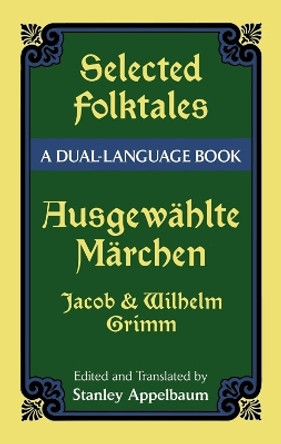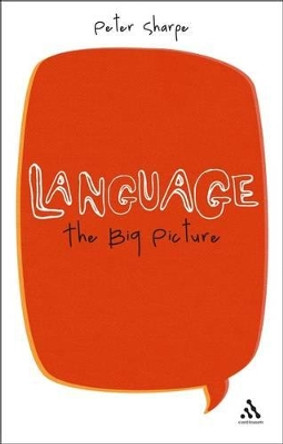Description
"All folktales have in common that they are the remains of a faith going back to the earliest times, a faith, a religion, that speaks of supersensible things in pictures. These pictures are like fragments of a shattered jewel that lie strewn on the ground overgrown with grass and flowers. Only the sharpest eye can discover them. Their meaning is long lost but can still be felt and gives the folktales their substance." -- Wilhelm Grimm
In The Picture Language of Folktales, Friedel Lenz explores the meaning of twenty-five of the Brothers Grimm fairy tales, originally collected and retold between 1812 to 1857. Lenz's interpretation draws on the ideas of anthroposophy and considers the stories in relation to the development of human consciousness. The tales considered range from the familiar, including Cinderella and Snow White, to the less well-known, including The Three Feathers, The Goose Girl and The Seven Ravens.
Lenz's commentary illuminates the significance of these texts, making this a useful resource for Steiner-Waldorf teachers sharing these stories in the kindergarten and lower school, as well as for interested readers who want to understand these classic stories in a new way.
About the Author
Friedel Lenz (1898-1970) lived in Munich, Germany. She studied in the Waldorf teacher training program and knew Rudolf Steiner. Her husband and two daughters were killed in the Second World War; she and her two sons survived. She then made a new life for herself as a teller of folktales to children and as a lecturer who brought them to life for adults.
Book Information
ISBN 9781936849567
Author Friedel Lenz
Format Paperback
Page Count 284
Imprint Waldorf Early Childhood Association North America
Publisher Waldorf Early Childhood Association North America
Weight(grams) 399g







